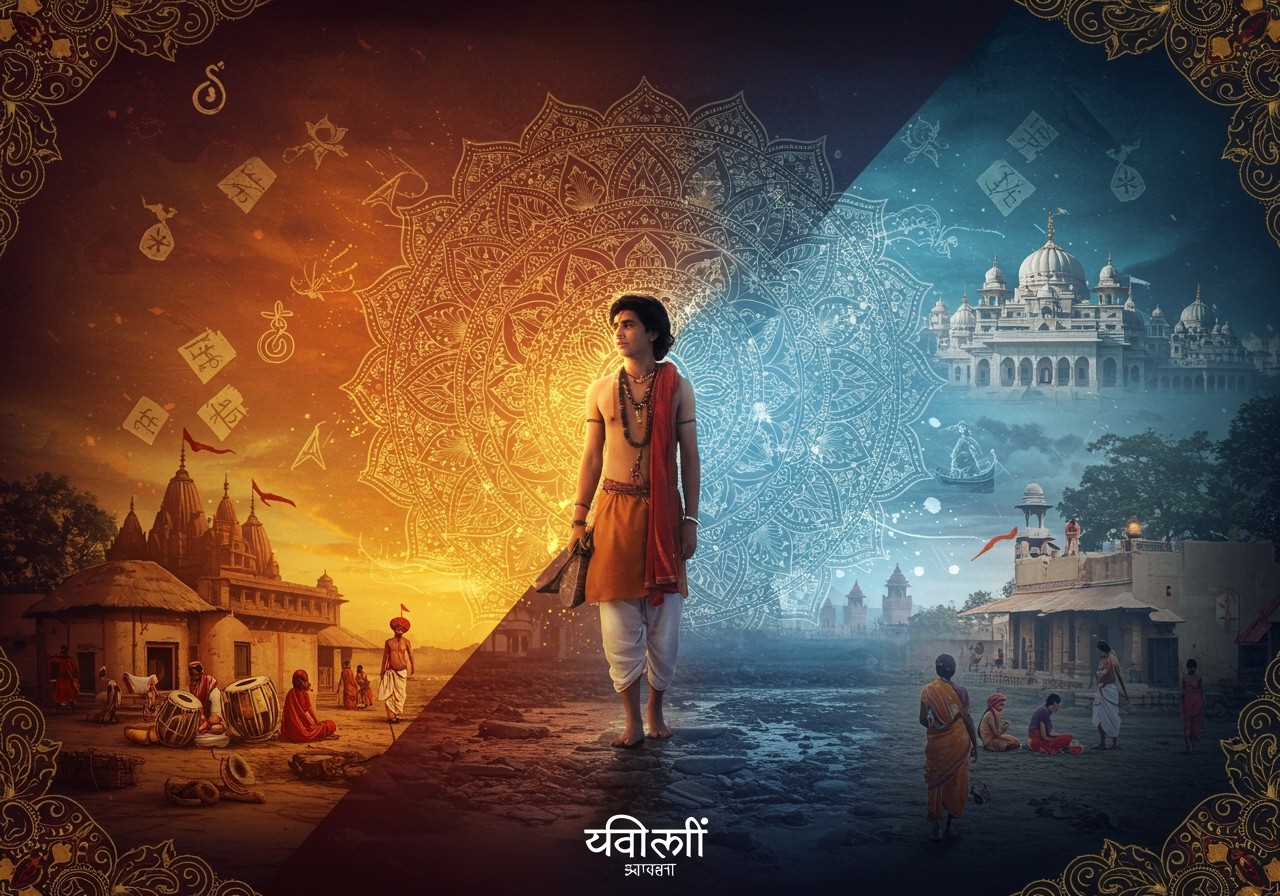
Sanskritisation is a key concept in understanding how Indian society and culture have evolved. It deeply affects social mobility and how cultural identities are formed. This article explores what Sanskritisation means, its importance in sociology, provides real-world examples, discusses its impact on tradition, and examines its relevance in our contemporary world.
What is Sanskritisation?
Sanskritisation is a fascinating sociological process where communities traditionally placed lower in the caste hierarchy adopt customs and traditions of those historically considered upper caste, particularly Brahmins, as a means of seeking upward social mobility. Think of it as a cultural shift, a way of embracing practices associated with a different social standing. This concept gained prominence in the 1950s thanks to the work of Indian sociologist M.N. Srinivas. It reveals how cultural practices can flow and influence different groups within a structured society, creating opportunities for movement and change. This process often leads to a beautiful blending of cultures, influencing age-old rituals and practices in profound ways.
Sanskritisation and its Significance in Sociology
Sanskritisation isn’t just about rituals; it’s a significant sociological phenomenon. It shows us that caste isn’t a rigid, unchanging category. It demonstrates how cultural assimilation happens organically as communities adopt new rituals, change their dietary habits, and even begin to use different languages, all to align themselves with groups perceived as having higher social standing.
Several factors play a role in this process. Economic resources, for instance, can influence how effectively a community adopts new practices. Greater economic well-being can make it easier to embrace these changes. Geographic location also matters; moving to urban areas can expose communities to a wider range of influences. Even political power dynamics can be a catalyst for such cultural shifts.
Examples of Cultural Change through Sanskritisation
India offers many examples of Sanskritisation in action. In some regions, communities have adopted vegetarianism, emulating the dietary practices of Brahmins and other upper castes, viewing it as a step towards social elevation. This change in food habits reflects a deeper cultural shift.
- Adoption of Vegetarianism: Choosing to follow a vegetarian diet, often associated with Brahmins and upper castes, becomes a symbolic representation of adopting a refined lifestyle. This conscious dietary choice serves as a tangible link to higher social strata.
- Wearing of Sacred Threads (Janeu): The sacred thread, traditionally worn by Brahmins, Kshatriyas, and Vaishyas, becomes a powerful symbol of aspiration. Adopting this practice signifies a desire for elevated social recognition and respect. It’s a visible marker of embracing a new identity.
Another example is the adoption of sacred threads, historically associated with upper castes. By wearing the janeu, communities aspire to a higher social standing and the respect that comes with it. Education, too, plays a vital role. Many communities now prioritize higher education as a tool for upward mobility, viewing it as a pathway to a better future. For genuine sacred threads and other puja essentials, visit Poojn.in. We offer a wide selection to support your spiritual journey.
Impact of Sanskritisation on Tradition and Identity
Sanskritisation has a complex impact on both tradition and identity. While it can lead to the erosion of unique cultural practices of some communities, it also enriches contemporary religious practices. Many rituals today contain elements adopted through Sanskritisation, demonstrating the continuous evolution and blending of cultures over time. This dynamic interplay creates a tension between assimilation and preserving one’s distinct heritage.
The Relevance of Sanskritisation in Contemporary India
Even in modern India, Sanskritisation remains relevant. Globalization and the widespread reach of digital media have accelerated cultural exchanges, with social media playing a significant role in spreading cultural practices across vast distances. This process intersects with caste identity politics and influences social justice movements. Understanding Sanskritisation provides valuable insights into the dynamics of cultural resilience in today’s rapidly changing world, highlighting how communities adapt and redefine themselves.
How Poojn.in Supports Your Spiritual Journey
At Poojn.in, we understand the importance of authentic ritual items and resources in your spiritual practices. We offer a wide range of products to support your Sanskritisation journey, including:
- Authentic Puja Samagri: Find complete puja kits with all the necessary items, ensuring you have everything you need for your rituals. Our pure copper and brass items, sourced with the utmost care, add a touch of tradition to your daily practices. We also provide traditional dhoop and agarbatti from trusted sources, creating a sacred atmosphere for your prayers. Browse our collection of genuine rudraksha and sacred threads to deepen your connection to spirituality. Explore our sacred threads.
- Clay Doat for Saraswati Puja: Honour Goddess Saraswati with our specially crafted clay doat. A beautiful addition to your Saraswati Puja rituals, it’s a symbol of reverence and devotion. Find your clay doat here.
Conclusion: Embracing Change with Respect for Tradition
Understanding Sanskritisation offers valuable insights into how cultural change shapes our society. It highlights the dynamic nature of caste and how communities strive for social advancement. As communities adapt and embrace new practices, we must acknowledge the balance between progress and preserving unique cultural identities. It is a journey of balancing change with respect for our rich heritage. By recognizing the impact of Sanskritisation, we can appreciate the resilience and adaptability of cultures, learning to honour the past while moving toward a more inclusive future.


